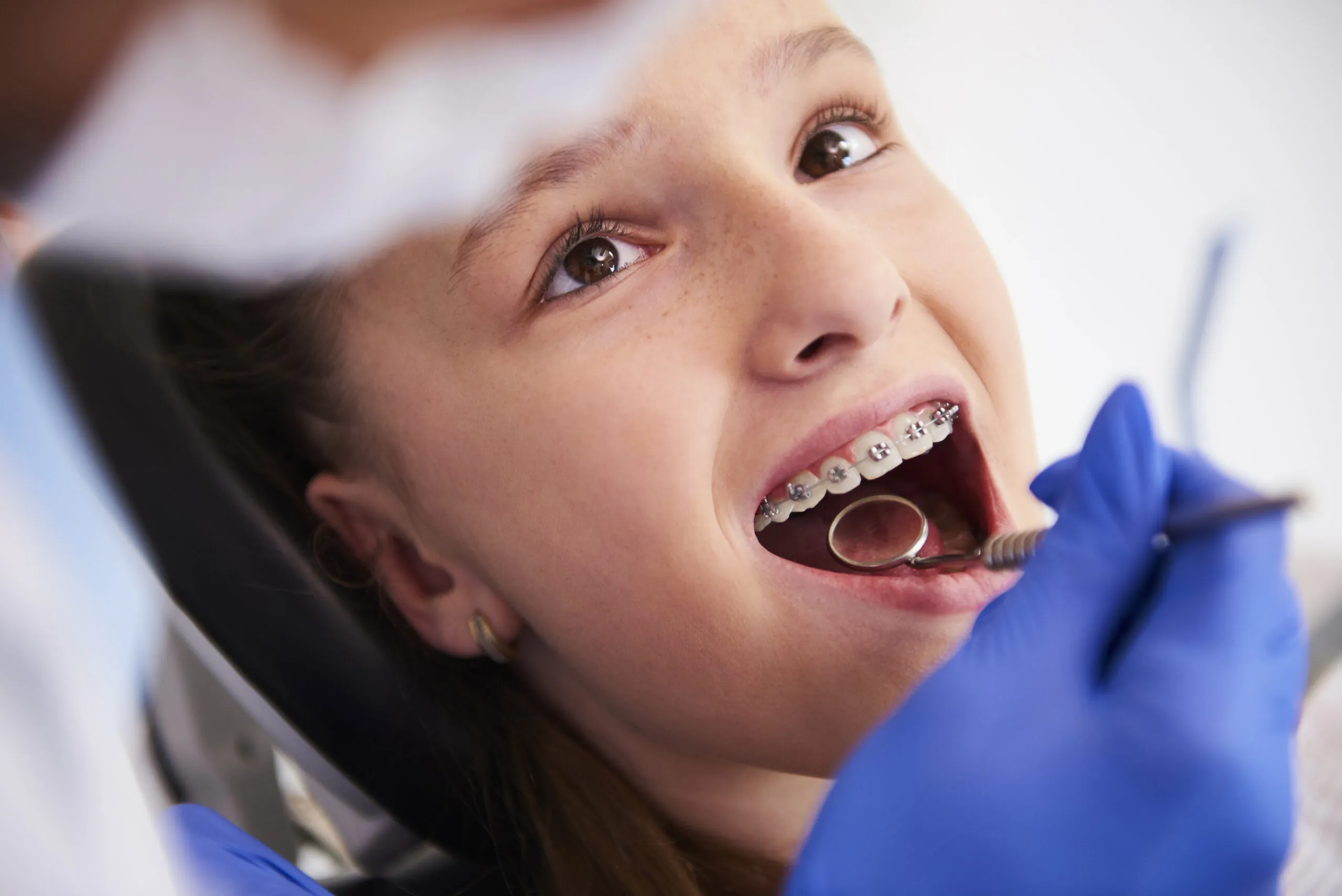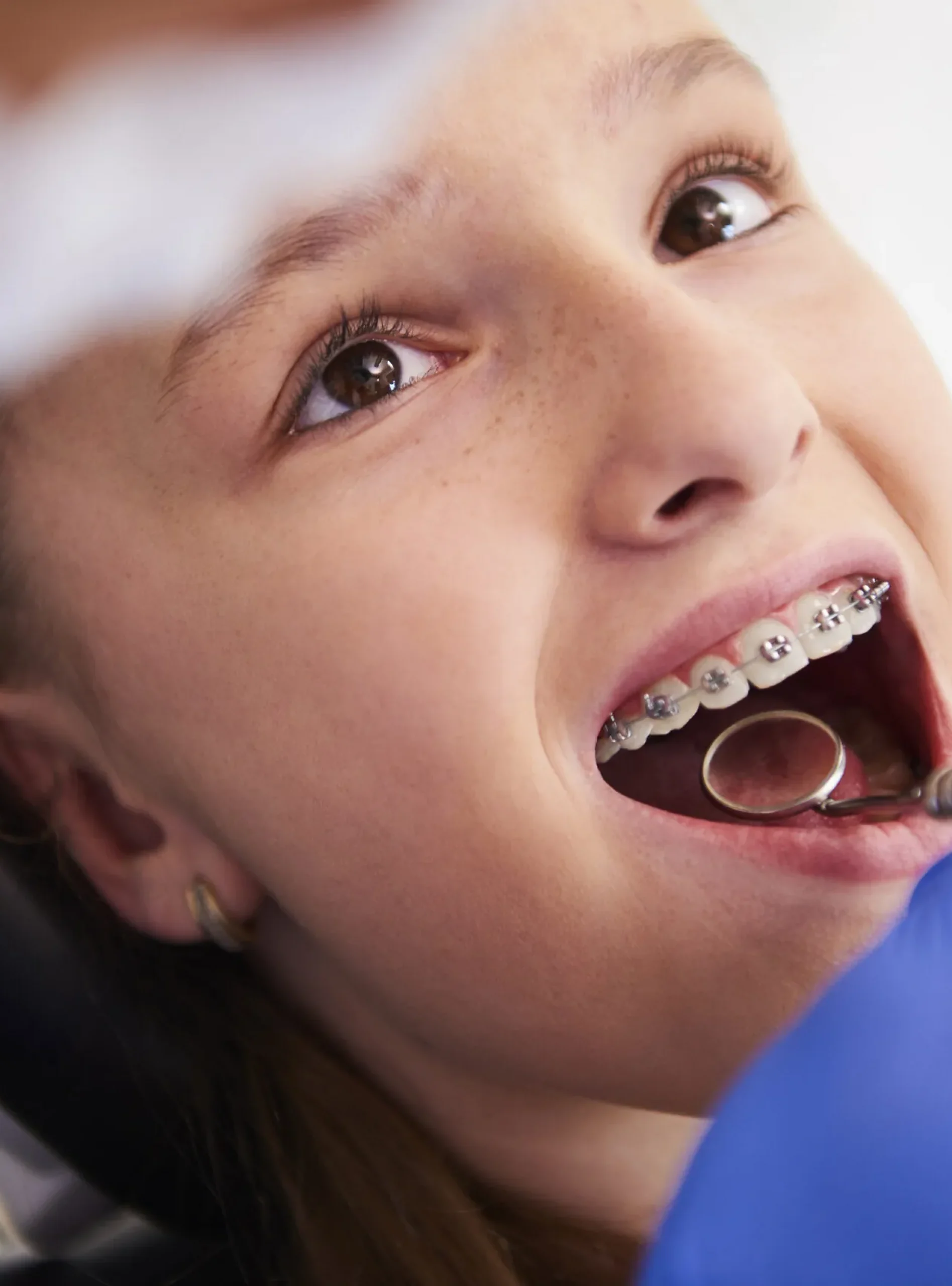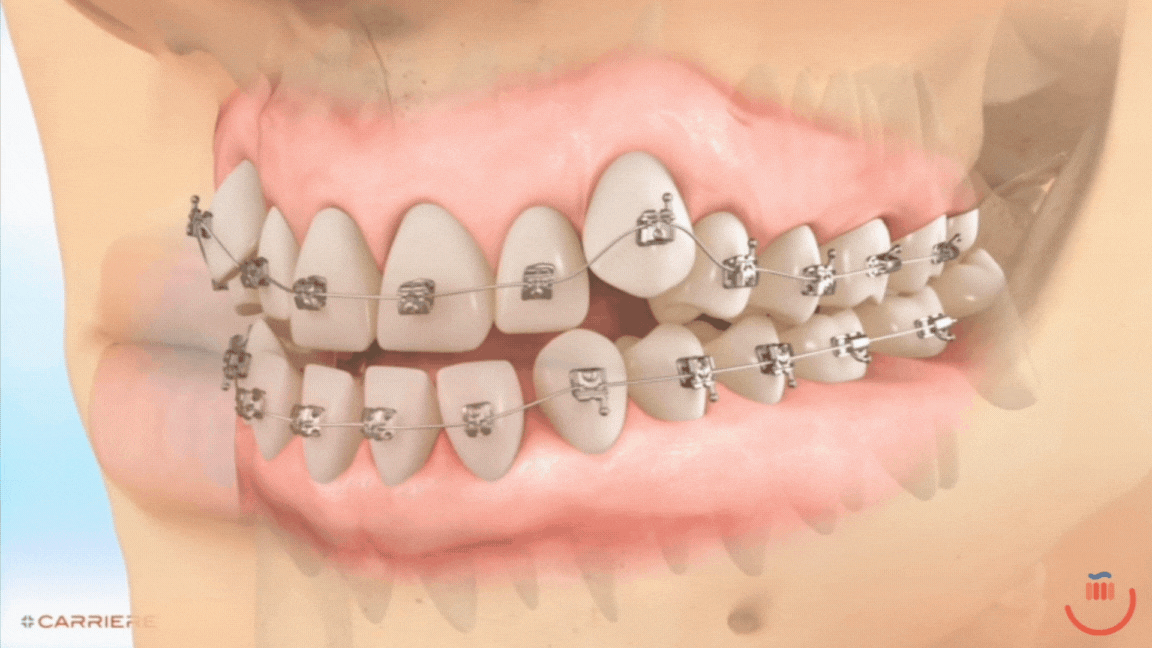Make a Smile
Braces
Brace Up, Glow Up!
More reasons to Smile!
Braces
WHAT ARE BRACES?
Braces are a highly effective solution for aligning and straightening teeth, correcting bite issues, and improving overall dental health. Invented over a century ago, braces have evolved significantly, thanks to technological advances, resulting in more comfortable and less noticeable options. Today, they’re not just a domain of adolescents; more and more adults are also choosing braces to enhance their smiles and oral health.
HOW DO BRACES WORK?
Braces are dental devices used to correct misaligned teeth and jaws, improving both appearance and function. They apply consistent pressure to slowly move the teeth into the desired position over time. They serve both a functional and aesthetic purpose by improving oral function and enhancing the appearance of your smile. Made up of brackets attached to each tooth and a wire connecting them, braces work by applying consistent and controlled pressure on the teeth. This pressure gradually shifts the teeth into their correct positions over time.
The purpose of braces goes beyond straightening teeth; they can also correct bite issues such as overbite, underbite, crossbite, and open bite. Proper alignment of teeth and jaws can significantly improve chewing and speaking efficiency. Moreover, braces can also aid in evenly distributing bite pressure across all teeth, preventing premature wear and tear.
BRACES FOR ADULTS
While braces are traditionally associated with adolescence, an increasing number of adults are embracing orthodontic treatment to improve their smiles and overall oral health. Whether due to missed opportunities for orthodontic care during youth, shifts in teeth alignment from aging, periodontal issues, trauma, or simply the desire for a more attractive smile, adults have numerous reasons for considering braces. Today’s options include not only smaller, more comfortable traditional metal braces but also less noticeable alternatives such as ceramic braces, lingual braces, and clear aligners like Invisalign. Despite a typically longer treatment duration in adults, due to slower bone metabolism, and a higher susceptibility to gum disease necessitating good oral hygiene, braces can offer substantial benefits, from enhanced oral health to boosted self-confidence. With the array of options available, perfecting your smile is possible at any age.

3 Reasons To Get Braces
Here are some reasons to get braces:
- Overcrowding: This is a common reason for braces. The jaw may not have enough space to accommodate all the teeth, which can lead to overlapping or crooked teeth.
- Misaligned Bite: If your upper and lower jaws don’t align properly, it can result in an underbite, overbite, or crossbite. Misaligned bites can cause problems with chewing and speaking and may lead to jaw or TMJ pain.
- Aesthetic Concerns: Many people get braces to improve the appearance of their smile. A well-aligned set of teeth can enhance your confidence and self-esteem.
3 Reasons To Get Braces

Here are some reasons to get braces:
- Overcrowding: This is a common reason for braces. The jaw may not have enough space to accommodate all the teeth, which can lead to overlapping or crooked teeth.
- Misaligned Bite: If your upper and lower jaws don’t align properly, it can result in an underbite, overbite, or crossbite. Misaligned bites can cause problems with chewing and speaking and may lead to jaw or TMJ pain.
- Aesthetic Concerns: Many people get braces to improve the appearance of their smile. A well-aligned set of teeth can enhance your confidence and self-esteem.
How can we help you?
Frequently Asked Questions
While braces can be effective at any age, the ideal time to apply braces is usually during childhood or early adolescence when the teeth and jaws are still developing. However, more adults are choosing to get braces to correct alignment issues and improve their smile.
The length of treatment varies depending on the severity of the issue and the type of braces used. On average, most people wear braces for 1 to 3 years.
With braces, you’ll want to avoid hard, sticky, or chewy foods that can damage your braces. Examples include popcorn, nuts, hard candy, gum, and ice. You’ll be able to eat soft foods and foods that don’t require a lot of biting or tearing.


